In 2021, it was discovered that a 650MW pulverized coal-fired power plant on the mid-Atlantic east coast was experiencing severe pluggage and fly ash build-up on its SCR catalyst, resulting in environmental compliance issues. Upon closer inspection, Large Particle Ash (LPA), or popcorn ash, was found to be the root cause of the buildup, as the LPA plugged both the catalyst face and was lodged deep inside the catalyst channels.
Fly ash accumulated leading to further flow disruption and extreme erosion of the catalyst. It was found that the existing LPA screens were in disrepair due to poor design and neglected maintenance, resulting in significant LPA bypass to the SCR. These screens comprised mostly of wire mesh sheets constantly eroded away between outages and allowed large volumes of LPA to pass through.
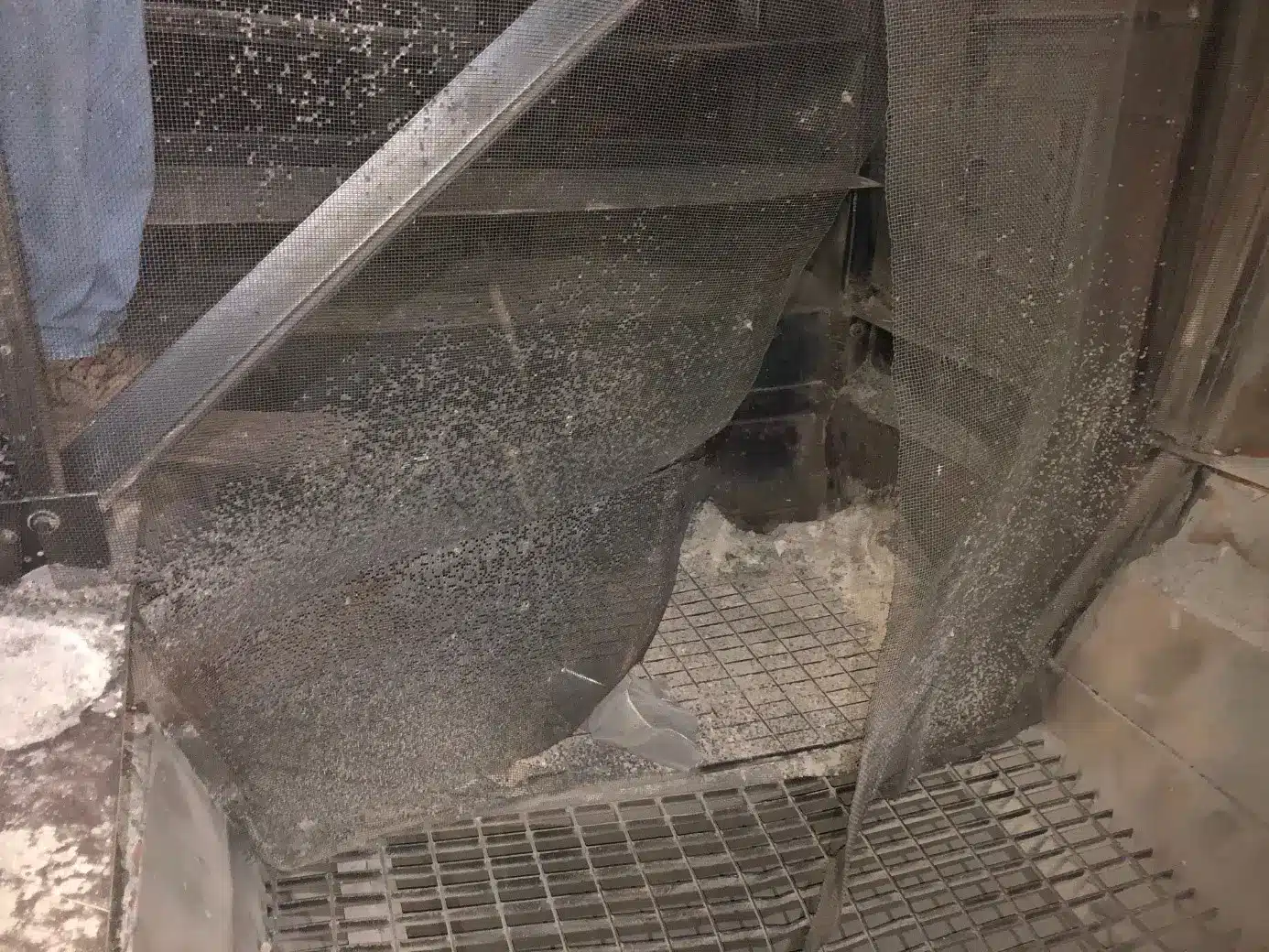
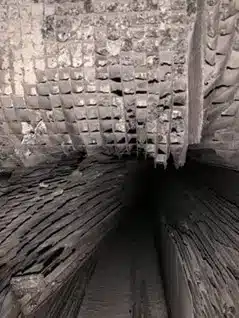
This LPA was littered across the first and second catalyst layer, resulting in the flue gas flow being forced through less than half of the designed area. Over time, the resulting catalyst pluggage became so severe that large portions of the catalyst completely eroded away. The damage to the catalyst on layer 1 was beyond repair and attempting to clean the modules was not a viable option.
It became evident that to meet environmental compliance, drastic improvement was required. The situation was so severe there was concern that it would not be economically viable to restore the system, which threatened to shut the unit down permanently, well before its planned retirement date.
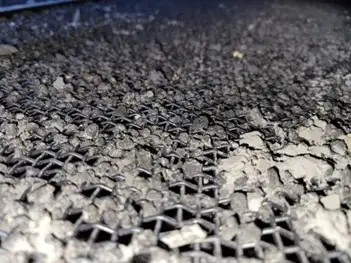
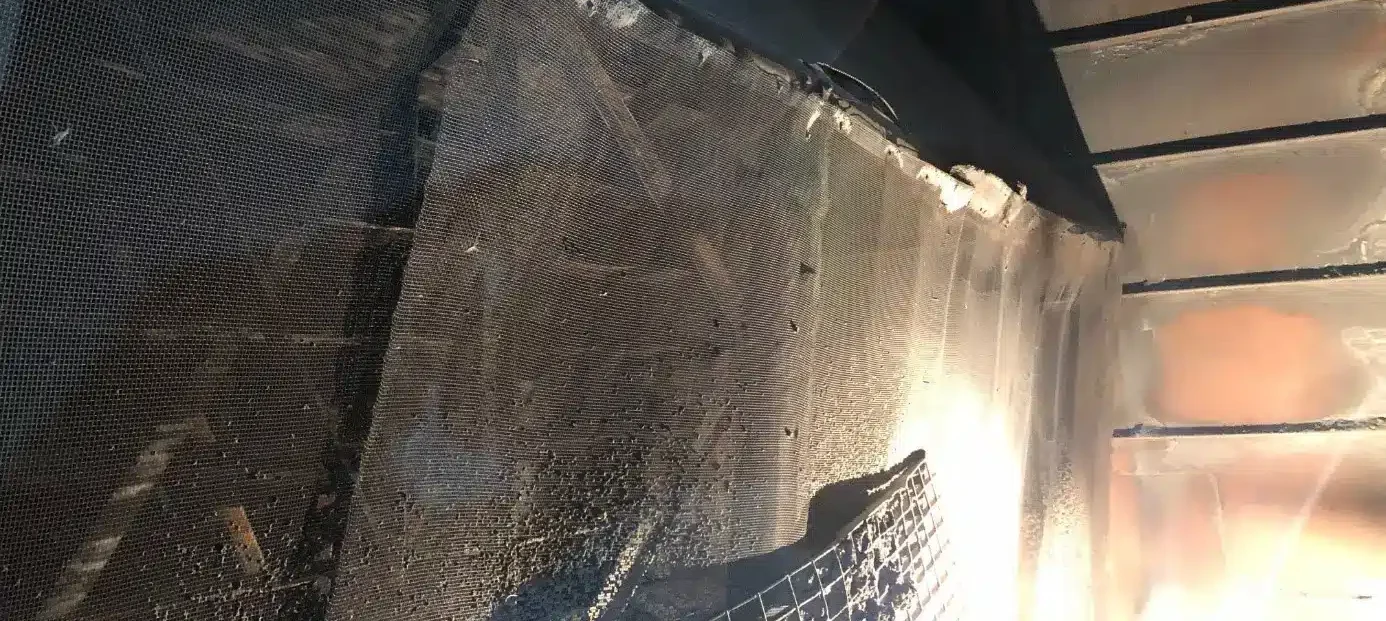
Due to the remaining life expectancy of the plant, a full system overhaul was not economically viable. However, to save the operation of the unit, three things were clear. The first layer of the SCR catalyst had to be replaced, LPA had to be prevented from reaching the SCR, and the remaining layers had to be cleaned and restored.
To save the unit and keep the project within a reasonable budget, IGS worked with the plant to devise a hybrid retrofit of the LPA screen, focusing on upgrading the highest risk screen regions.
To restore the DeNOx performance and improve the ash handling capacity of the SCR, the first catalyst layer was replaced with a hybrid layer of DustBuster and a standard honeycomb catalyst, all of which was retrofitted with IGS CatFlow® screens. The screens help to reduce the fly ash accumulation while also providing a last line of defense against combustion and non-combustion LPA.
Lastly, the lower layers of the SCR were cleaned using dry ice blasting and vacuuming. Although the first layer provides the bulk of catalyst potential, restoration of the lower layers was critical to allow the unit to reach its designated end of life, near 2030.
This combined approached proved by working with experienced SCR experts, it was possible to bring the unit back to compliance within a reasonable operating budget.
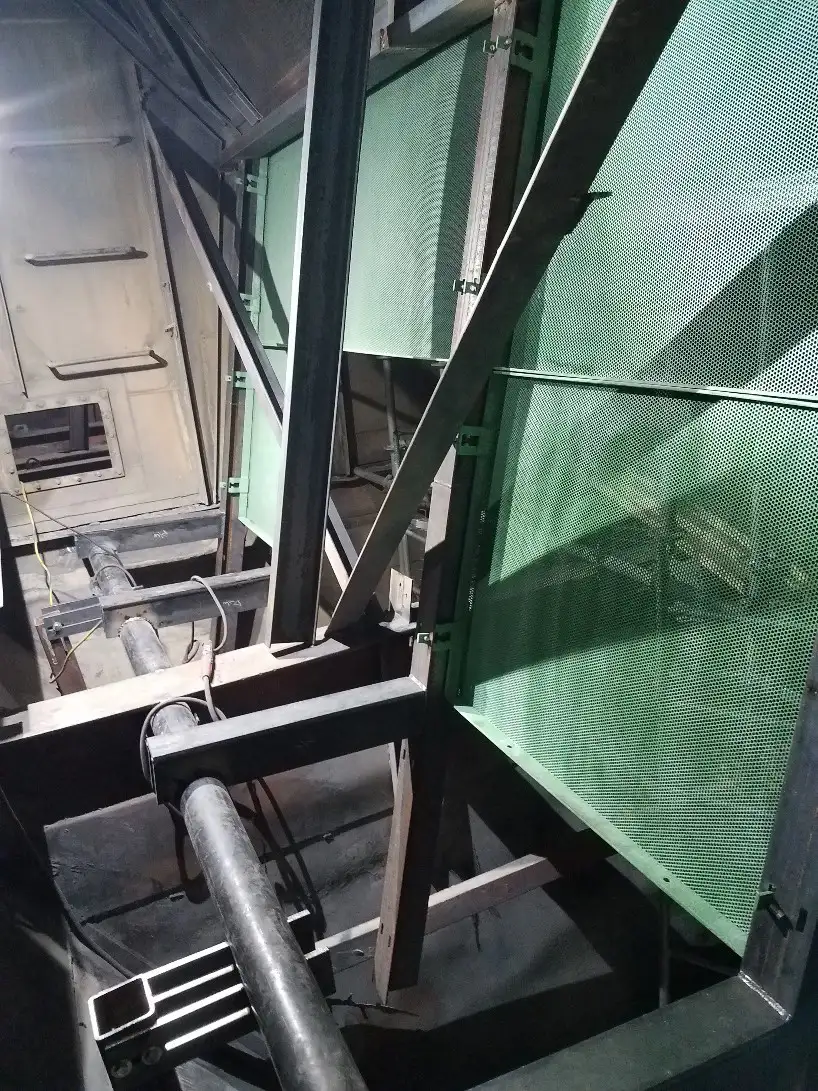
In 2022, a follow-up inspection was performed to assess the effectiveness of the upgraded LPA screens and SCR system. The NoNOx LPA screens had successfully prevented LPA from reaching the SCR, resulting in minimal fly ash piling in the new SCR layer. The NoNOx LPA screen, combined with the ash handling improvements of the catalyst design, will ensure this SCR operates effectively through the remainder of the unit’s expected service life. This serves as a reminder that in many cases, an upgrade to an existing LPA screen system can be a cost-effective strategy to protect the SCR and reduce future challenges.
Related Case Studies:
Related Questions:
CATEGORIES: